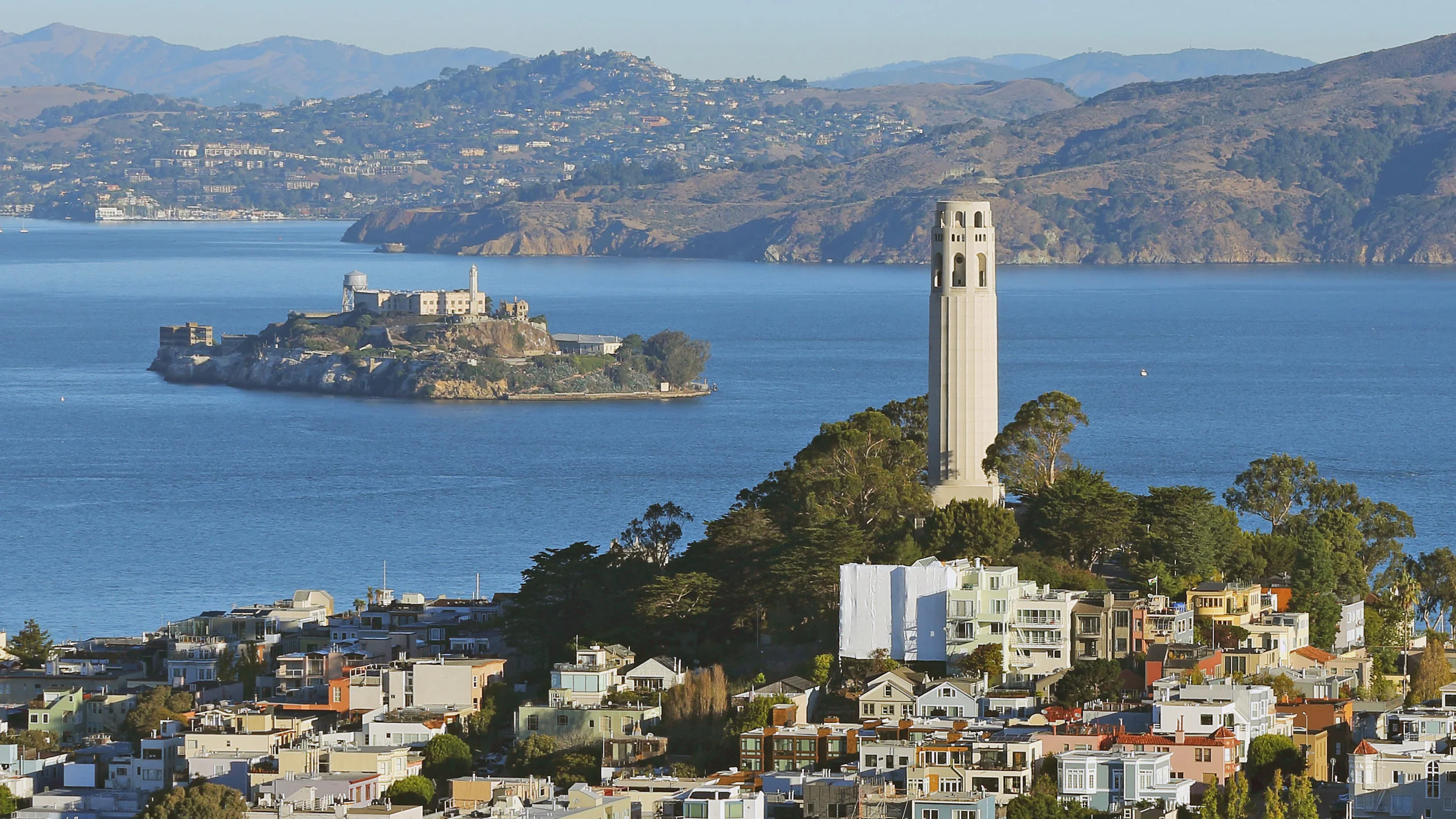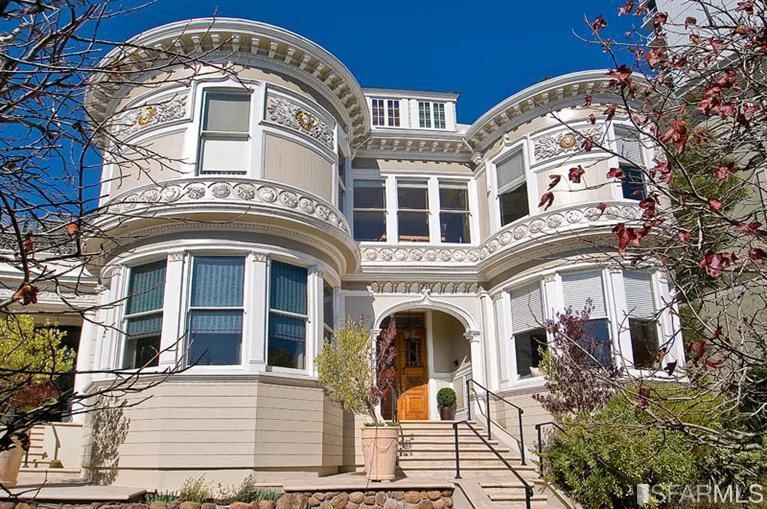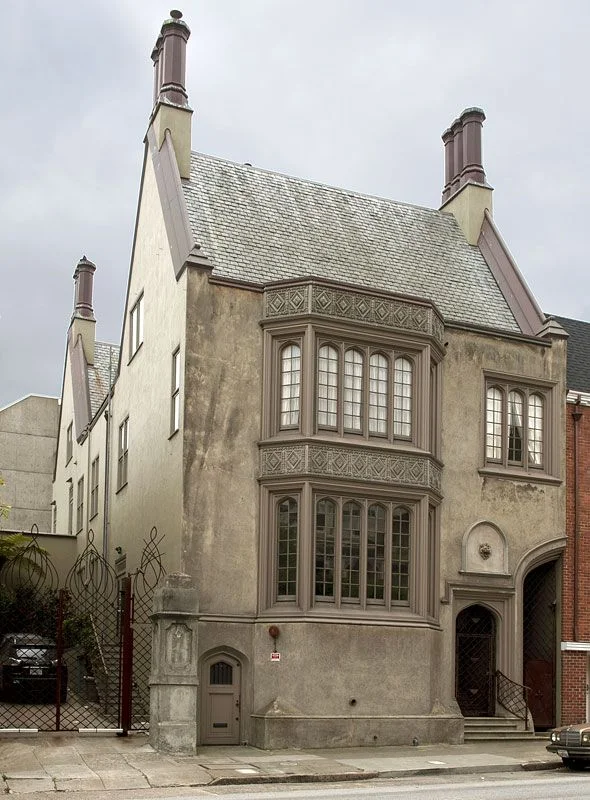Restored City Hall Dazzles Ess Eff
/It isn’t the “Taj MaWillie” that wags say he was aiming for, but a beaming Mayor Willie Brown presided Tuesday over the reopening of a restored City Hall that reflects both his own appreciation of the finer things in life and San Francisco’s belief in itself as the nation’s most beautiful city.
Surrounded by a bevy of dignitaries, Brown cut a blue-and-gold ribbon and ushered crowds of curious citizens into the elegant Beaux Arts building shortly after noon. It was the first time most had been inside since the national landmark closed four years ago for a $300-million seismic retrofit and badly needed face lift.
Most streamed straight toward the light-filled rotunda. Visitors snapped photographs and craned their necks to ooh and aah over its ornately carved ceiling.
“I think it is absolutely magnificent,” exulted Lauree Walter Watkins, a 60-year-old street musician and native San Franciscan. “This dome is now the Picasso of all the domes in the world.”
The renovation literally stretched from the building’s foundations to the 24-karat gold-leaf torch atop the gleaming, near-black dome.
Miles of oak paneling, tons of marble and limestone floors and walls, and hundreds of elaborate chandeliers were cleaned and polished. Acoustic ceilings were torn out to reveal the original marble. Concrete was removed to reopen skylights, giving the building an airy feel it hasn’t had for decades. In all, 50,000 pieces of stone and 25,000 pieces of hardware were removed, restored and put back in place.
The meticulous attention to historical detail is earning rave reviews from architects, preservationists and citizens, and kudos for the mayor.
The restored gilded dome
“I’m so glad Brown had the strength to bring her back,” said Gladys Hansen, the city’s archivist. “She is a grand old lady, and she got a good cleaning.”
Built in 1915, the building was designed by Arthur Brown Jr., who learned classical French Renaissance design at the Parisian Ecole des Beaux Arts. His inspiration for City Hall was the Church of the Val-de-Grace in Paris.
The San Francisco structure’s elegant lines and monumental size--it has 500,000 feet of interior space--were meant to serve as a dramatic symbol of the city’s rebirth after the devastating 1906 earthquake and fire.
“It came at a time when this city was wanting to boast,” Hansen said.
Reflecting San Francisco’s sense of itself, Mayor James Rolph Jr. ordered up a City Hall with the nation’s tallest dome. He liked to crow that at 306 feet, it stood 16 feet taller than the dome of the U.S. Capitol. (In fact it stands about 12 feet taller, but the point was made.)
For 80 years, City Hall anchored the Civic Center, which contains the nation’s largest and finest collection of Beaux Arts public buildings.
But the 1989 Loma Prieta earthquake badly damaged the building, cracking its marble walls and dangerously weakening the dome that towers above the Civic Center. City employees worked around a maze of scaffolding and temporary braces until January 1995, when 1,300 workers moved out and reconstruction commenced.
The Federal Emergency Management Agency paid for $105 million worth of retrofitting, and San Franciscans passed two bond measures to pay for the rest.
But in a city filled with passionate preservationists, City Hall’s rebirth was not without controversy.
Brown stirred a storm of protest in April 1996, when he unveiled a plan to permanently banish some departments to satellite buildings and replace them with lavish, more spacious offices for the mayor and supervisors, reception halls and conference rooms.
Critics charged that he was turning City Hall into a party palace, a showplace for officials rather than a building for the people’s work. In June 1998, voters embarrassed Brown by repudiating his vision, passing a ballot measure that required the city to move most departments back into the building after the restoration. Brown was forced to content himself with using $500,000 in private funds, which had been donated for public art, to reapply gold leaf to the dome and wrought iron trim to the building’s exterior.
“I knew that this was not Taj MaWillie,” Brown said in his dedication remarks. “This was your building and my building. . . . Join me in coming to visit your new home.”
Most of the workers are back, in spacious offices suffused with natural light that are wired for computers and cable television. There is a child care center in the basement and wheelchair access throughout the building.
On the ground floor, to the north and south of the rotunda, lobbies that had become rabbit warrens of civil servants’ offices have been restored as skylighted gathering places for public events and exhibits.
On Tuesday, docents told tales of the hall’s colorful history.
Mayor George Moscone and Supervisor Harvey Milk were gunned down by former Supervisor Dan White here in 1978. Rioters protesting the failure of a jury to convict White of murder in the case smashed the glass front doors and damaged the building’s facade. In 1954, Marilyn Monroe wed Joe DiMaggio here. President Warren G. Harding’s body lay in state in the rotunda in 1923.
Perhaps the most significant aspect of the renovation is the seismic retrofit. Engineers chose to install the same base isolation system that will be used to protect Los Angeles’ own City Hall, now undergoing a $300-million reconstruction, from earthquakes.
Workers demolished the foundation of San Francisco’s City Hall down to the bare earth and the building’s 600 bare steel columns. Each column was then jacked up and a base isolator, made of rubber and stainless steel disks, was installed. Each isolator is 3 feet in diameter and 2 1/2 feet tall, and designed to move up to 27 inches.
A moat slightly wider than 27 inches was dug around the building, giving it room to move in a quake. In addition, walls and the dome were strengthened with steel. Tony Irons, director of the renovation, says the structure should be able to withstand an 8.3-magnitude earthquake.
Robbie Thornton, a native San Franciscan, credited Mayor Brown, whose taste for expensive suits and Borsalino hats is legendary, for the sumptuous restoration.
“I came here today to see my dream come true,” Thornton said. “I’m a flashy guy, and City Hall looks flashy to me, classy and flashy, just like the mayor.”
Los Angeles Times
By Mary Curtius
January 6, 1999

























